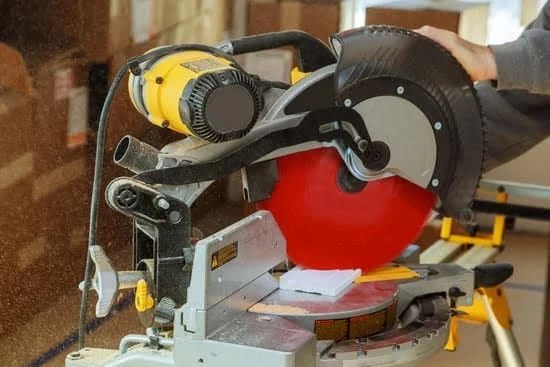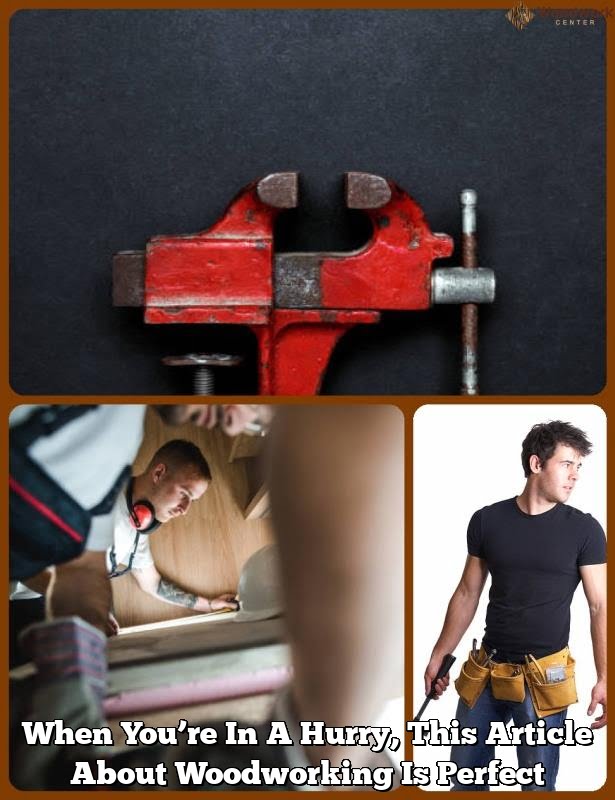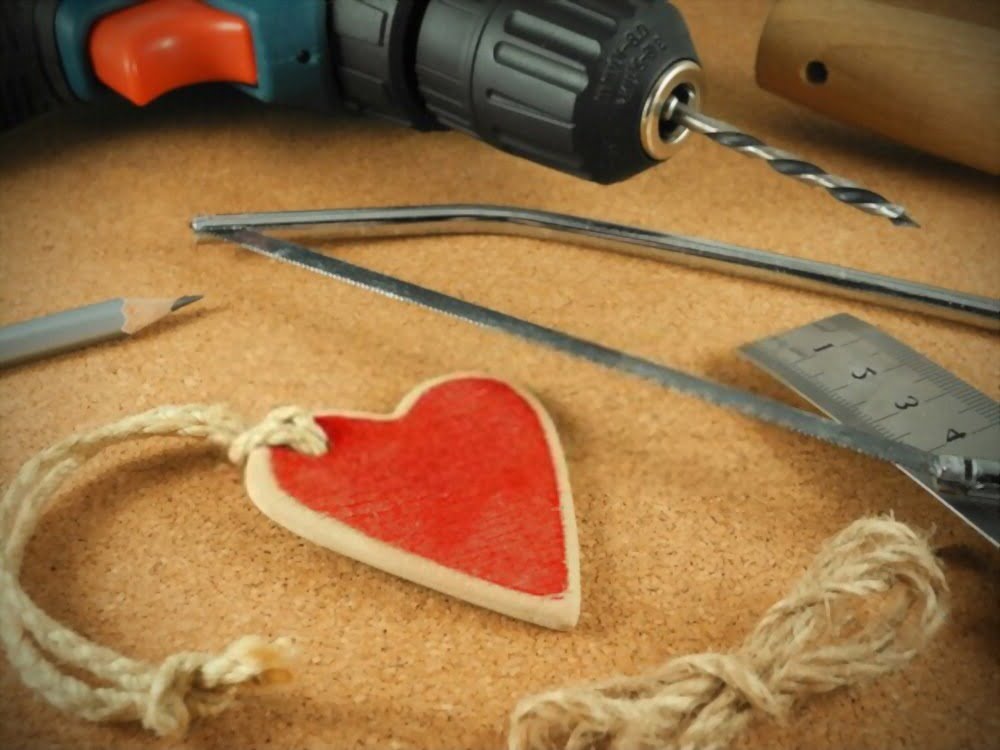Troubleshooting Common Woodworking Issues
When working with wood, it is not uncommon to run into issues such as splits, bowing, and cracking. Depending on the type of wood, some are more prone to developing structural issues than others. To help combat these common problems there are several types of preventative and corrective measures that can be employed.
Splitting wood is an issue that can often be caused or avoided by proper steps taken during the construction process. These include avoiding splitting while drilling and sanding, using finishing techniques such as hardwood wax, and plenty of glue reinforcement when attaching pieces together. Another way to help avoid splitting is by acclimating your wood before trying any construction with it which helps ensure that the wood reacts consistently in any environment or substrate you put it in.
Wood often bends or bows due to instability in either the environment or support structure it was built on”or too much stress applied directly to them piece itself. To help avoid these issues make sure your structures are firmly installed and unable to move around (e.g., using glues instead of nails). To fix a bowed piece once it’s created, there are tools specifically designed for curvature correction such as bendable braces or weights with handles for leverage forcing the opposite way of curvature until its corrected back into shape.
Lastly when cracking occurs the best solution is prevention rather than cure since cracks weaken parts significantly; if prevention fails clamping cracked pieces tightly works wonders at minimizing fractures by limiting their movement in addition to using epoxies which have strong adhesive properties allowing cracked pieces to be repaired while maintaining strength as they were initially intended
Wood Carving Tips
When wood carving, keep in mind that the right tools are essential. Invest in quality tools that will last and offer exceptional performance. Try different kinds of chisels, knives, and files along with gouges and drawknives. Make sure to also get protective items like gloves and eye protection as these will keep you safe while you’re working.
Learning the basics of wood carving is also important. Start simple by practicing different lines and patterns on smaller pieces until you become familiar with the tools and the kind of wood you’re working with. Once you have greater confidence, move onto more challenging projects such as carving a stool or a small animal figurine.
If you find yourself needing help, there are many resources available such as instructional books and videos, as well as classes taught by experienced artisans. Additionally, joining a local discussion or networking group dedicated to woodworking can be very helpful both for getting advice from other carvers and for honing your skills in a supportive community environment.
Safety in the Workshop
In a perfect woodworking shop, safety should be the number one priority. Taking precautions and prevention will help avoid any potential safety hazards. The shop should always be maintained regularly and kept neat and clean. Clear pathways to power tools, shop vacuums, exit doors and other common areas should be kept free from items that can pose a tripping hazard. Properly assemble and maintain all machines, with guards, coverings, bolts and screws tightened as needed to prevent serious injury during normal operation. Educate yourself on the safety features of all electrical equipment in the shop as well as techniques for safe operation such as using push sticks when working with machines close to your body and using dust masks when appropriate. Always wear eye protection when operating any machinery in the workshop that could cause eye injury due to flying debris. Adequate lightening is necessary to ensure you have proper visibility while working in your woodworking shop at all times and gloves should also be worn during chainsaw operations or when planing/cutting wood with sharp edges. Finally, make sure there are adequate fire-fighting tools placed around the shop including fire extinguishers, first aid kits, sand buckets or baking soda at hand for swift action if an accident were ever to happen. By implementing these safety measures in a perfect woodworking shop; you can rest assured that you’ll never have to worry about your own well being or the well-being of anyone else in the vicinity of any dangerous situation!
Building Projects
Building projects typically require a variety of materials, tools, and processes to complete. In order to have a perfect woodworking shop that can serve as the ideal workspace for all your building projects, there are several factors to consider.
One factor that is essential is the size and shape of your shop. You will want to make sure the space you have is adequate enough to fit the tools, equipment, and furniture you need for your projects. Ensure the walls are strong and secure enough to support heavy items like saws or drill presses. Make sure you also have room for wood storage racks or cabinets and choose floors that can easily withstand dirt and debris accumulation over time.
In addition, it’s important to ensure your shop features a good ventilation system as well as lighting that provides bright working conditions. It’s also vital to invest in quality dust collection systems so your workspace will stay dust-free while you work on different projects. Additionally, having soundproofing material such as insulation foam panels installed in walls and ceilings can help keep noise down while still allowing natural light into the space.
Finally, an organized workspace is key for efficient workflow in any woodworking project. It is important to designate areas of your workshop for each task throughout the project including sanding station, assembly table, painting/staining bench; workbench with vises; storage space for scrap wood; clamping area; drill press setup; router table; etc. Keep supplies stored neatly in labeled bins so they can be easily located whenever needed throughout a project. With these tips in mind, you should be able to create the perfect woodworking shop for all of your building projects!
Techniques for Sanding
Sanding is an essential step in any woodworking project, and techniques must be mastered in order to achieve good results. Different techniques are advised for different tasks. For example, heavy-duty sanding can involve sanding with coarse-grit sandpaper, using a power sander or orbital sander. Finer-grit papers are used to smooth the surface before the final finish is applied. Additionally, if a desired shape needs to be achieved, manual hand sanders may be useful for shaping the edges of wood that power tools cannot access due to limited accessibility. Using scrapers may also help achieve the desired shape as well as create multiple layers of varnishing. Before a final finish is applied, it is best practice to use finer grit paper such as 120/240 grit for precision work and 320/400 grit for a final smoothing and polishing of surfaces. To get a desired texture on the surface, techniques such as distressing and wet sanding may also be employed in certain areas or around certain objects which requires distinct touch up solutions. All these techniques when used appropriately will give you perfect results every time.
Wood Joining Techniques
Pocket-hole joinery is an efficient, simple and cost effective wood jointing method used in a wide range of woodworking applications. It works by drilling a shallow hole at an angle into one piece of wood and then driving a special screw into its corresponding pre-drilled hole in the second piece of wood. The resulting joint forms an extremely strong bond between the two pieces that can be used to join or reinforce different types of furniture, such as cabinets, beds and desks. Furthermore, pocket holes are quick and easy to create without the need for extra hardware, thus making them ideal for DIY projects.
Another type of joinery commonly used in woodworking is doweled joinery. This method involves connecting three or four pieces together using dowels (small rounded rods) inserted into predrilled holes in the wooden components. The precision with which these dowel holes must be drilled is important for ensuring secure joints; therefore, it is essential that seekers of perfect woodworking shop always have access to reliable tools such as drill press and router bits specifically designed for this purpose. Dowel joinery creates strong joints but may require more time and effort to complete than pocket-hole joinery due to the number and accuracy of holes that must be made.
Technical Advice and Support
The Perfect Woodworking Shop takes their technical advice and support service to the next level. Our team of highly experienced and knowledgeable woodworking professionals are dedicated to helping customers skillfully finish their projects. We offer ongoing guidance through every step of the process, from evaluating the customer’s needs, determining what materials will best suit their project, coming up with design ideas that meet both aesthetics and practical purposes, as well as outlining instructions tailored to each project.
We prioritize assisting customers in selecting tools that can do the job they need it to do – efficiently and safely. We strive to provide our customers with the right pieces to use confidently at home or on-the-job. As experts specializing in woodworking tools, we strongly believe it’s important providing exact measurements for drilling holes, using jigs and clamps setup correctly for gluing, sharpening blades for cutting more accurately, and any other practical instruction that can create a successful result.
We don’t just sell products at Perfect Woodworking Shop ” we aim to be a supportive partner along your journey of crafting beautiful pieces with sustainable materials. We share our knowledge freely so you have the confidence you need when working on your next project.

Hi everyone! I’m a woodworker and blogger, and this is my woodworking blog. In my blog, I share tips and tricks for woodworkers of all skill levels, as well as project ideas that you can try yourself.





